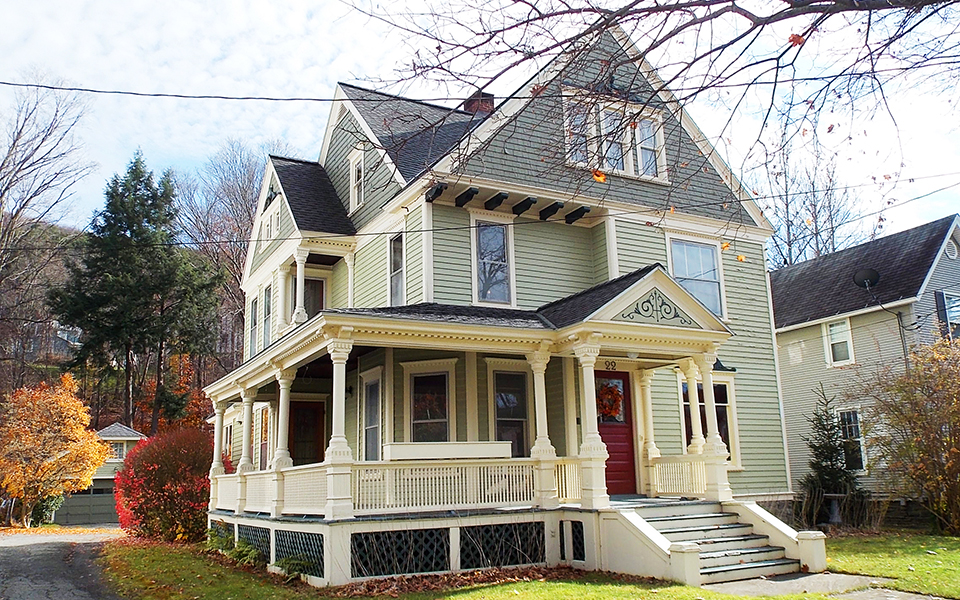Four ways to tell if your pipes are worn out
Picture Source Here
Do you live in an old house? are you restoring an old house? Whether new or or old, today on COM its is all about “Four ways to tell if your pipes are worn out.”
Even though they don’t really have moving parts, the pipes in your home can (and will) wear out eventually. Corrosion is the biggest culprit though different pipe materials age differently. But over time, the material of any pipe will wear, usually on the insides, and that will lead to major plumbing problems if you don’t catch it early.
A busy plumber in Sydney know about worn out pipes, and has a few tips on what to look for.
Leaks
As with most plumbing issues, looking for leaks is one of the surest ways to spot a problem. Leaks at fixtures are the most common and usually result due to wear and deterioration in the seals and washers. But you can also get leaks in the pipes themselves as corrosion and even rust can develop. Even the simple friction of water moving inside a pipe will create wear along the interior of the pipe.
If you have a leak that is not at a seam, joint or fixture, it’s likely due to some sort of age-related wear.
Water Color
Everyone wants to see crystal clear water coming out of their taps, and it can be quite a shock if the color starts to get darker or cloudy. Don’t automatically assume that there is a problem with the source, it could very well be wear in the pipes. Rust or sediment in the pipes will color the water once the concentrations are high enough.
Off Taste
This is a little trickier because a lot of things can lead to poor tasting water. But when pipes start to wear out, the rust or corrosion can be detected in the taste of the water. It usually is distinctive as metallic or rusty. If you are tasting chlorine, rotten eggs or a “swampy” flavor, then there is a completely different issue with your water quality. Taste and color tend to go together once rust becomes an issue with the tap water.
Low Pressure
Like taste, this is one symptom that isn’t always associated with wear and should result in further examination before deciding on repairs. Sediment builds up over time, narrowing the space inside the pipes and constricting water movement. That means less water pressure.
Pipes have a long life-span and you shouldn’t have to worry about these issues with new plumbing. After 20 or so years, it’s worth keeping an eye on the pipes for these signs of problems. For homes with plumbing that is 50+ years old, it wouldn’t hurt to have a professional do an inspection periodically, perhaps annually, to ensure that any issues aren’t developing unseen.
Once you determine that pipes are wearing, you should take steps to fix the problem before there is a flood to deal with. Individual pipe sections can be replaced as you find problems, or you might want to consider investing in a larger-scale replacement. This is a more prudent option with older homes since the pipes are all roughly the same age, and once you discover one pipe with a leak, there will soon be more.
